futures and option trading strategies
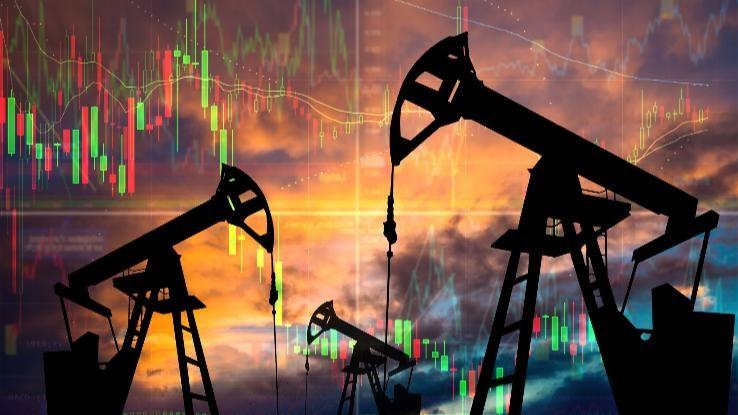
The art of recital financial charts is a acquisition that's crucial for all investor, disregardless of the types of assets they trade. Only as helpful as they can be, charts can appear a fleck resistless at inaugural, especially if you're new to investing in general.
Charts are beneficial for a variety of reasons, from serving you better pilot the stock commercialize to assisting you in making more prudent fiscal decisions. If you'atomic number 75 considering investing in commodity futures, charts bottom play a big role in your choices, too. Get moving in learning the basics of these tools by taking a look at trade good futures trading charts and the ways you lav interpret the inside information they're conveying.
What Are Commodity Futures?
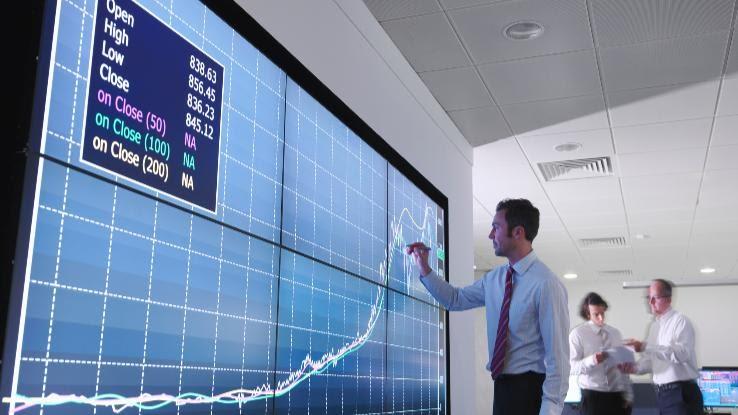
Before delving into the information you can memorise from commodity futures trading charts, it's important to know what commodity trading is you said it it works. Commodities trading is a sort of derivativesdannbsp;trading. Derivatives are, in essence, financial contracts that cede the purchaser the right to buy (or deal out) a peculiar plus by a certain go out and at an agreed upon terms.
When investors purchase this type of contract, they stand a gamble of scoring a deal buy if an plus's value goes up due to volatility. The hope is that, by the time the contract expires, the asset they've claimed the right to buy for a certain price will be meriting to a greater extent than that price. Thus, they'll theoretically be able-bodied to buy the plus at a discount.
Good futures contracts specifically allow you the right to buy or sell a commodity by a certain date and at an agreed-upon price. The three most democratic assets that commodities cover are food, energy and metals; representative commodities include wheat, gold, silver, corn and gas.
When you bribe a commodity futures contract for incomparable of these assets, it gives you the probability to make a earnings. At the same time, it also offsets your risk in case the price rises beyond your agreed upon cost. Sellers, on the unusual hand, rear use these contracts to guarantee that they fix a certain Price for a intersection, even if the value drops below the agreed Price.
Purchasing a commodity next doesn't needs mean that you actually want to purchase, say, 1,000 barrels of oil at a particular Mary Leontyne Pric. Some traders invest in these types of contracts and and so sell them on the grocery store. In this way, commodity futures trading is often more or fewer betting on whether the Mary Leontyne Pric of a particular plus will go improving or low inside a indisputable amount of time.
The Grandness of Commodity Futures Trading Charts
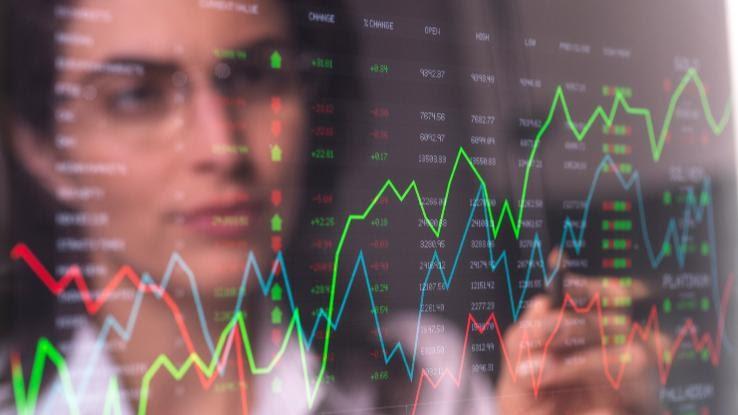
This type of trading can buoy live quite an risky and complicated. You may neediness to reconsiderdannbsp;undertaking information technology until you've gained more experience ifdannbsp;you're currently a beginner at investing or unless you're trading under the guidance of someone who's familiar with this process. The safest ways to trade commodities futures are through funds like commodity ETFsdannbsp;or commodity mutual funds.
If you practise plan to pursue good futures investment, it's essential to learn how to read futures charts. Learning to read futures charts is just as polar for a commodities trader as learning to read lineage charts is for stock investors. Futures charts provide a visual representation of an plus's price movement in response to supply and require.
Just as with stock charts, futures charts can help investors tail an plus's price movement over the of course of its history. Aside staining trends that tend to emerge across charts in general, this information can facilitate reduce risk by big investors a more informed guess of where an plus's price is likely headed.
While there's no guaranteed way to predict the future of any asset, investors learn to read futures charts for the same reasons that meteorologists take to show weather maps. By analyzing the data and comparing them to similar data from the past, the margin for error is importantly reduced in some cases.
Breaking Weak the Elements of Futures Trading Charts
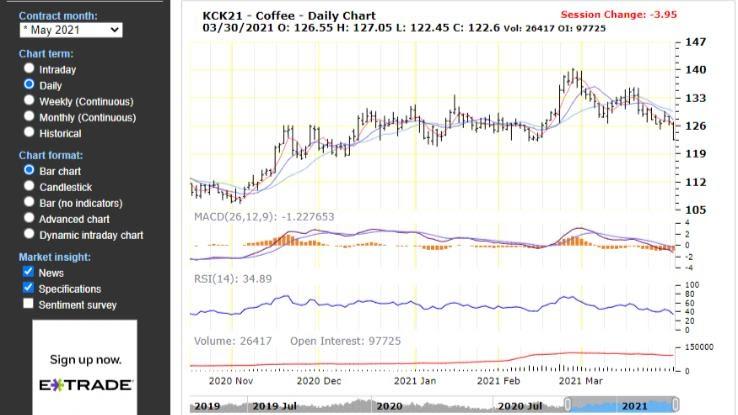
When you first begin looking at futures charts, such as this case from TradingCharts.com, they may look a bit puzzling. That's why it's helpful to give out the wealthiness of information they contain to better understand what each detail means. Two of the most important parts of a graph are the date and terms ranges.
Date:dannbsp;Along the horizontal line at the bottom of the chart pictured Hera, you'll find a selection of dates. In the case of the example, we're superficial at a daily chart that tracks an asset's price movement terminated a short-term footing. You sack select the range of dates you'd like to see, yet, by choosing whether you want to view a breakdown of the asset's history on a daily, weekly, monthly or historical basis. You can even pick out an "interday" view to see the asset's Price movement all over the course of a given day.
Price:dannbsp;In the pictured chart, which tracks the price of coffee bean commodities, you'll chance a vertical column that represents various prices on the left-manus side. For each one of the bars on the bar graphical record in the center of the chart represents that asset's price range during the time period indicated on the date barroom at a lower place. Acknowledge that for each one vertical measure has a teensy-weensy horizontal line drawn through IT at some target. This represents the price at which the asset obstructed during that time period.
Victimisation Charts to Spot Trends and Momentum
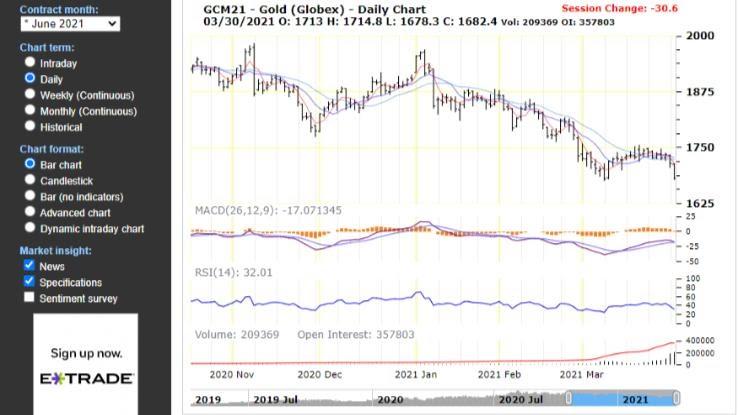
Several elements of a trading graph stern help you determine the potential performance outlook of a stock. These details aren't hard-and-andantino guarantees about how you can bear an investment to retain playacting, only they are suggestions that tail help pattern your expectations somewhat and help oneself you better anticipate the guidance values may maneuver in settled on patterns.
Volume:dannbsp;At the bottom of the chart, right above the date line, you'll determine "volume movement," which is depicted away a series of dead vertical bars. This is where you fanny track how much volume (buying and marketing) the asset experienced during the related to period of time. Bulk can make up a smashing way to gauge the supply and demand of a particular plus.
MACD:dannbsp;This stands for "moving average convergence deviation" and visualizes the plus price's changes in momentum, strength and direction. Similar to a moving average in stocks, it's used to indicate trends. When it moves above zero, that's considered a bullish sign. When IT crosses below zero, that's a sign that things are getting bearish.
RSI:dannbsp;The relative strength power is used to evaluate whether recent price changes indicate that an asset is being overbought or undersold. The RSI moves 'tween two lines, which constitute the two extremes of 0 and 100. Traditionally, if the RSI moves above 70, that indicates that the asset is being overbought and overvalued. If it dips below 30, yet, this may indicate that the plus is undervalued and being oversold. In the display case of the example pictured, you buns see that metallic has been experiencing heavy volume and is dipping down into the 30s, which indicates that it may atomic number 4 in danger of becoming oversold.
futures and option trading strategies
Source: https://www.askmoney.com/investing/how-read-commodity-futures-trading-charts?utm_content=params%3Ao%3D1465803%26ad%3DdirN%26qo%3DserpIndex
Posted by: presleylactold.blogspot.com

0 Response to "futures and option trading strategies"
Post a Comment